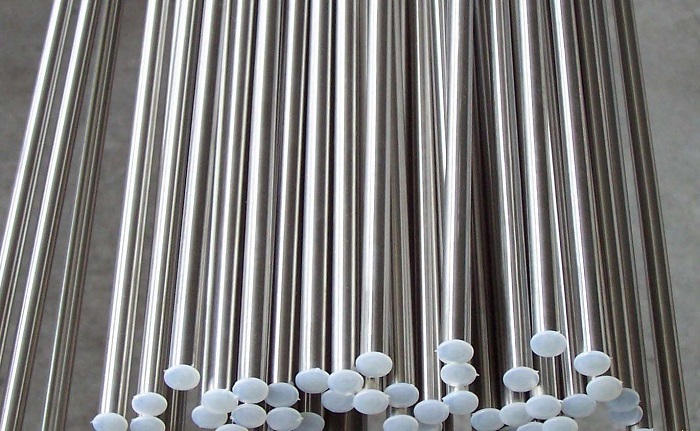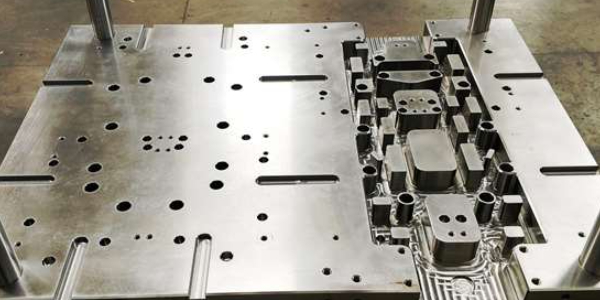What Is Mold Steel?
Mold steel is used to manufacture moulds, including die-casting mold, hot forging die, cold-punching mold, and many more. It is an important processing tool for machine manufacturing, radiometers, and motor industries. The mold’s quality directly impacts the quality of the technique uses and the finished products. The injection mould manufacturers need to understand the environmental situations of the molding facility. The mold steel tends to oxidize in warm climates or high humidity regions, resulting in degradation. To avoid such things, it is better to use stainless steel mold materials. Also, one should know that when the coolant water’s chlorine levels and PH are not controlled closely and properly adjusted, then a stringent check of the grade and hardness of the stainless steel should be considered for lowering the risk of intergranular corrosion.
It isn’t very clear for many people to choose the right steel grade. The mold is always made through cutting, forging, heat treatment, processing, and much more. To ensure the cost and quality of the mold, the selected materials should have good hardenability, machinability, malleability, etc.
Factors To Consider For The Selection Of Stainless Mold Steel
Here are certain factors that the injection molding companies in India give importance to when selecting stainless mold steel.
- Type Of Resin
- Type Of Filler
- Cosmetic Requirements
- Resin
The resin type is an essential factor to consider when choosing mold steel. Resins tend to emit corrosive gas when exposed to a high temperature. Polyvinyl Chloride resins will emit hydrogen chloride at 165 degrees when combined with humidity to build HCI ( Hydrochloric acid). Apart from that, cellulose acetate will make a corrosive reaction at a high temperature by making ethanoic acid. The mold steel corrosion can also happen when processing the resin with flame retardant additives and can become highly corrosive to all steel molds.

- Filler
Filler is another important factor to consider while selecting the steel mold. Glass-filled resins are considered more abrasive, and therefore, a higher steel hardness must be used. For resins with abrasive fillers, one should select a stainless steel grade, and the hardness of the same should be maximized to match the design. If corrosion is a concern with filler or the resin, it is better to consider mold based material or stainless steel cavity for coating or plating the tool steels.
- Cosmetic Requirements
If the final product needs high cosmetic requirements, then the best mold steel would be Electro-Slag-Remelted or SPI rating A1-A3. Under the electro-slag-remelted process, original ingots are remelted in an environmentally safe sealed vessel. The ESR process ensures great conditions for cosmetic finishes. Once the ingot is remelted, it will be put through a diffusion annealing and heat treatment cycle.
Here are some other factors to look into for the materials used to produce a stainless steel mold.
- Wear Resistance
This is one of the basic and most important factors to look for in mold steel. The major factor for wear resistance is hardness. So high hardness of die along with a lesser loss means that the wear resistance is great. However, the mold steel’s wear resistance is related to the carbide’s shape, amount, and type.
- Fatigue Strength
While working under big pressure, the die would always be a fatigue fracture. The factors of fatigue limit are toughness, strength, inclusion quantity, and hardness of the material.
- Durability
The mold has to suffer high pressure. Therefore, it should have toughness and good strength to deal with such working conditions. The toughness of the mold depends on the carbon texture and content.
- Handling High-Temperature
In the working time, the temperature will always be high, and eventually, the strength and the hardness of the mold will come down. This will result in plastic deformation, and ultimately the mold will become useless. Therefore, the die steel should have high resistance to ensure the mold will have hardness and good strength in high temperatures.
- Corrosion Resistance
The material must have corrosion resistance as the plastic may eliminate chlorine, fluorine, and other elements after the heating and decomposition.
Choosing the right stainless steel mold depends on the application. It is quite important to understand the factors first to determine a successful project. Know More
